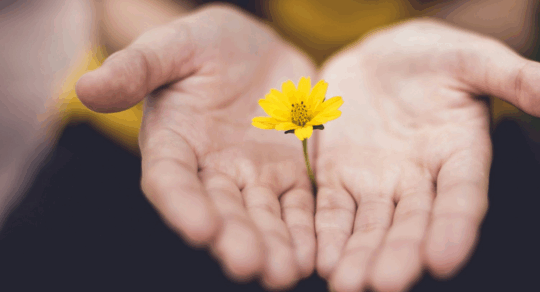I am a yoga teacher and to become a yoga teacher you are asked to meditate and work on your own practice so that you can then teach and guide others. Therefore, mindfulness and meditation form a large part of my personal practice, as well as the yoga classes I teach, and personally I have seen some really good results.
I have been researching lately on the return of investment of mindfulness and meditation and how it is being used in the corporate environment. Many organizations in the USA have regular meditation classes or quiet rooms available for their employees and they have only positive things to say about the programs that they’ve introduced. Companies like Google have really embraced the mindfulness movement and I think other organizations will follow quite quickly as it is becoming more mainstream and there are clear benefits linked to return on investment.
This has made me think about what is the return on investment for mindfulness and meditation? And I have come to the conclusion that I can only really talk about it from my own personal experience and the actions that I have taken to improve my mindfulness and the benefits that I have seen firsthand.
It seems to me that people generally don’t start on their mindfulness journey to become better leaders or employees, they do it for themselves to improve their own personal awareness and create their own versions of inner peace.
The 3 mindfulness actions that I have taken are:
- I became more aware of my own thoughts and started to be more mindful about what goes on in my mind by observing and choosing my thoughts carefully. I want to fill my head with more positivity and reduce the negative noise or mental chatter. I took a step forward in taking ownership of what goes into my head and this is a pretty powerful first step.
- I started to treat myself better. I put myself first and started to focus on my own mind, reactions, and opinions. My number one rule is to ‘Be kind to myself’ and I constantly use that to keep myself in line. In addition, I have learned how to say ‘no’ and not feel guilty, which is easy to write but much harder to put into action.
- A regular meditation and yoga practice has been the backbone to my mindfulness journey. I started with guided meditations in 2011 and I highly recommend that to anyone who is starting on their mindfulness journey. Also, I tell people to learn how to breathe properly; most of us just breathe into our upper chests and don’t breathe down into our diaphragm. Learning how to breathe will have a huge impact on your state of mind. Yoga has been an amazing way to improve the balance between my body and mind, and it supports me to feel centered.
What is my own personal return on investment?
- Increased time, because I stopped filling my life with noise (mental chatter takes up a lot of time and energy and is very stressful).
- Increased productivity.
- Increased focus, clarity, and decision making.
- Feeling centered and balanced through most situations. I view stress differently and I feel more like an observer rather than a participant of stress.
- Increased presence. When I am home I am present. When I am working I am present. I focus on what is in front of me.
- I have learned to let go of things quickly. If I do get angry or stressed, I get over it faster and move on.
- Increased self-esteem and self-empowerment. I feel good about myself and to me this is priceless and where I gain the most benefit. Feeling good about yourself will open doors and opportunities beyond your wildest imagination. We are all awesome in our own way and we just need to open ourselves up beyond the noise to see it for ourselves.








